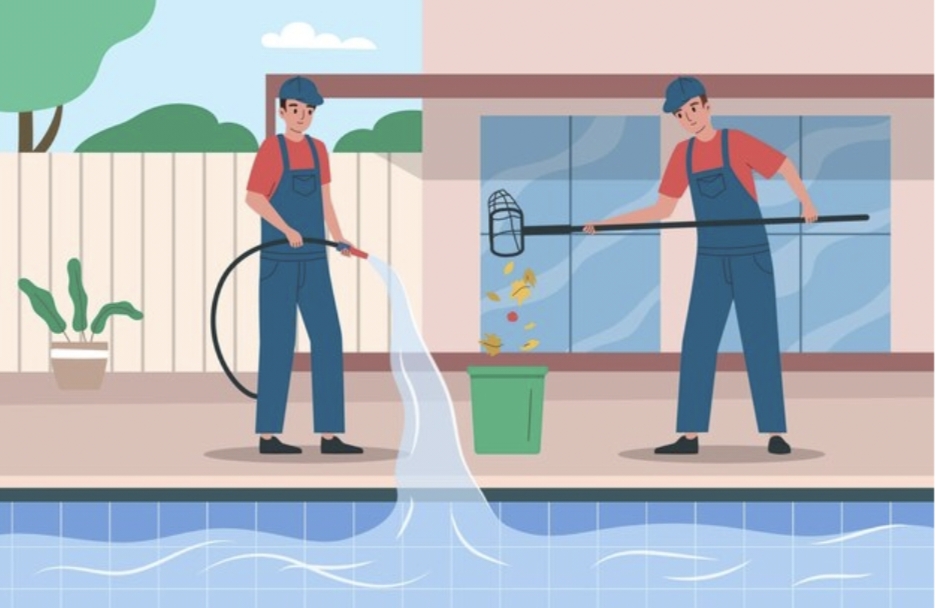While San Diego boasts year-round fishing in the Pacific waters, mastering the routes enables a fishing trip to turn into an expedition to look forward to. The offshore waters beyond Point Loma throw forth new species, experiences, and opportunities within each quarter of the year, so timing becomes an important attribute to success on the water.
Spring Awakening: March Through May
Seasonal fishing in San Diego begins with the arrival of warm waters that attract fish in large numbers. Many fishermen note the yellowtail’s presence in the Southern Californian North American waters as early as March when these fish migrate from the Mexican regions. But it’s April that becomes the most active yellowtail month, outclassing the action provided by local kelp and around the Coronado Islands, which fall short in comparison.
May is the month that reaps the Great Lakes’ most benefits as an ornamental month after the yellow fishes are hoarded in warm watered areas. In this month, close to the shore, the yellowtail do well, bluefin tuna are in full swing, along with yellowfin pools that have sharply increased in numbers. Furthermore, the approaching months of September and December ensure better catches. The cold, watery conditions are now replaced by the right temperature, which begins to make the game more comfortable.
Summer Glory: June Through August
Summer represents peak season for offshore charters San Diego, delivering the most consistent and diverse fishing opportunities. June kicks off serious tuna season, with both yellowfin and bluefin becoming regular targets. Dorado (mahi-mahi) join the mix, adding vibrant colors and acrobatic fights to the offshore experience.
July and August maintain this momentum while introducing additional species variety. Albacore tuna become accessible, often requiring longer runs but rewarding anglers with exceptional table fare. The warmer months also bring occasional exotic visitors like wahoo and marlin, adding an element of surprise to every trip.
Fall Transition: September Through November
Autumn offers some of the most productive offshore charters San Diego fishing, though conditions become more weather-dependent. September often provides spectacular bluefin tuna fishing, with these powerful fish reaching their peak condition after a summer of feeding. Yellowfin tuna remain active, while yellowtail continue their presence around local structure.
October brings changing conditions as water temperatures begin their gradual decline. Smart charter operators adjust strategies accordingly, focusing on areas where baitfish concentrate and gamefish follow. November can surprise anglers with excellent fishing, though trips become more dependent on favorable weather windows.
Winter Opportunities: December Through February
While winter presents the most challenging conditions for offshore fishing, experienced operators like those running offshore charters San Diego know when and where to find success. December and January focus primarily on rockfish and lingcod fishing closer to shore, though occasional warm water intrusions can bring unexpected offshore opportunities.
February signals the beginning of the next cycle, with early yellowtail sometimes appearing during mild weather periods. Winter fishing requires flexibility and patience, but rewards dedicated anglers with less crowded waters and hungry fish.
Planning Your Offshore Adventure
Understanding seasonal patterns helps optimize your offshore charters San Diego experience, but local knowledge proves invaluable. Experienced captains monitor water temperatures, baitfish movements, and weather patterns to identify the best opportunities regardless of season.
Conclusion
San Diego’s offshore waters provide fishing opportunities throughout the year, each season offering unique advantages and challenges. Whether targeting spring yellowtail, summer tuna, fall bluefin, or winter rockfish, timing your charter with seasonal patterns significantly improves your chances of success. The key lies in matching expectations with conditions while remaining open to the surprises that make offshore fishing so compelling.





